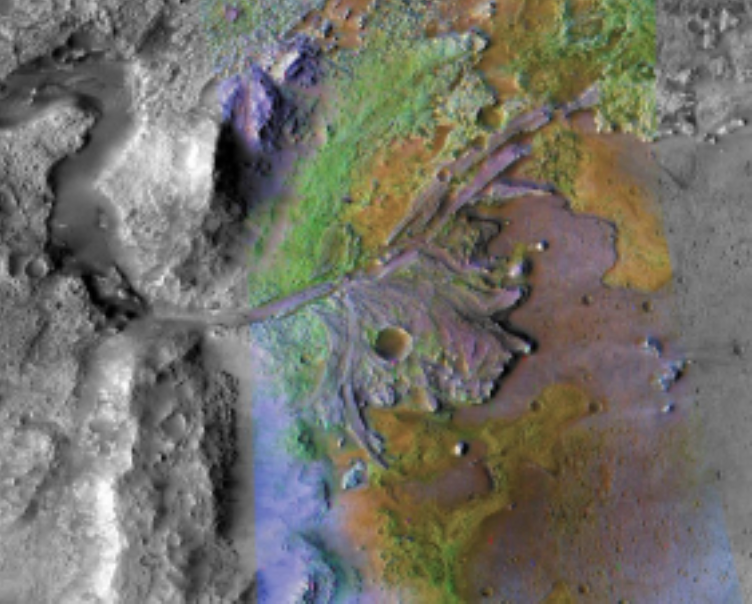Two Years of Mars Exploration with the Perseverance Rover
The landing of the Perseverance Rover more than 2 years ago, February 18, 2021, marked the beginning of a new phase and objectives for Mars exploration, but what are these objectives? What have we discovered? What even is the point of doing all this?
Our neighbor planet has always been a subject of fascination on our part, and there are reasons for that. Understanding Mars is a step to answering many questions, but probably the most haunting one is that regarding the existence of life. Mars, although different in size, gravity, temperature, and position in the solar system, to that of Earth, may have had life at one point in its history. Currently Mars water can only exist as ice, due to the temperature and the mars environment, but antique traces of liquid water, sustainable liquid water, can be found on Mars oldest hemisphere, the southern hemisphere.

The Curiosity Rover had the mission of proving the past habitability of Mars, while the Perseverance has many objectives and instruments for completing them. such as studying Mars surface components to an extent, chemical composition analysis , or characterizing the geology.
Nonetheless, the reason why the Perseverance landed in such a special place as Jezero Crater, is for the purpose of searching for biosignatures that could prove the existence of past life on Mars. The Perseverance will collect samples from the delta deposits, and later missions will launch them back to Earth for further research.

To watch any of our past lectures you can go to boi.st/AstroBroncosLive.
Article written by Emmanuel Vergelin, member of the AstroTAC team.